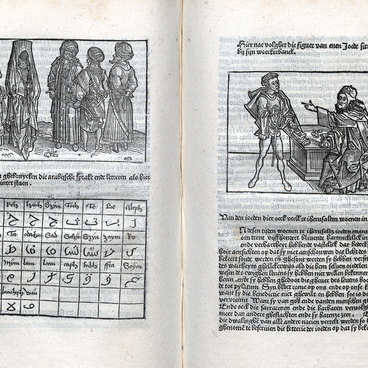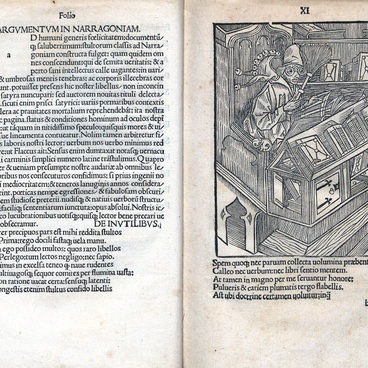The earliest herbaria appeared in the times of manuscripts. The problem of handwritten herbaria was that without the exact image of a plant, based only on a verbal description, it was difficult to determine its appearance. Different names in different languages complicated the situation even more. The image accuracy depended on the talent and imagination of the artist who illustrated the new copy of a manuscript. The invention of printing changed the situation drastically. Printed images were identical, so their accuracy was certain. Scientific illustrations were extremely important for herbaria; this explains why many botanical publications originated in Germany, i.e., the acclaimed centre of woodcut production and the country where Albrecht Dürer worked when he created the standard for realistic images of animals and plants.
1 / 5
#1
The garden of health
#2
#3
The new type of a botanical text that appeared in Germany was the ‘Herbarius’ published in Mainz; it was followed by a concise ‘Hortus sanitatis’ in German and an extended ‘Hortus sanitatis’ in Latin. The preface to the ‘Herbarius’ reads that the book is for those people who do not have money for doctors and medicine so that they can use herbs that are easy to find in gardens, forests and meadows. It is not at all surprising that this book went through many editions.
#4
The first Herbarius published in Mainz in 1484.
#5
The extended ‘Hortus sanitatis’ includes over 1000 articles describing plants, animals, birds, fish, minerals, as well as their medicinal properties. This reference book was a medieval encyclopaedia of sorts. The woodcuts that accompany the text depict 530 species of plants, 164 species of animals, 122 species of birds, 106 species of fish, and 144 types of minerals. Some of the engravings at the beginning of the book are hand-painted.
#7
’… all these easily understood, meticulously assembled books were printed perfectly in movable type using his own funds by Jacob Meidenbach, a citizen of Mainz. He applied all his diligence and supreme effort so that this beautiful book described and depicted plants, flowers, animals, birds, and fishes in their natural form… The printer Jakob wanted… to convey the content to the readers, and let those who just like to look at pictures have some fun. It was published in the glorious city of Mainz… which is known to most people for the fact that it was in this city where… the art and the skill of printing using the finest movable type was discovered for the first time… ’
In a lengthy colophon, the printer gave his assessment of both the book and the typographic art.
read morehide
5
Open in app
Share







